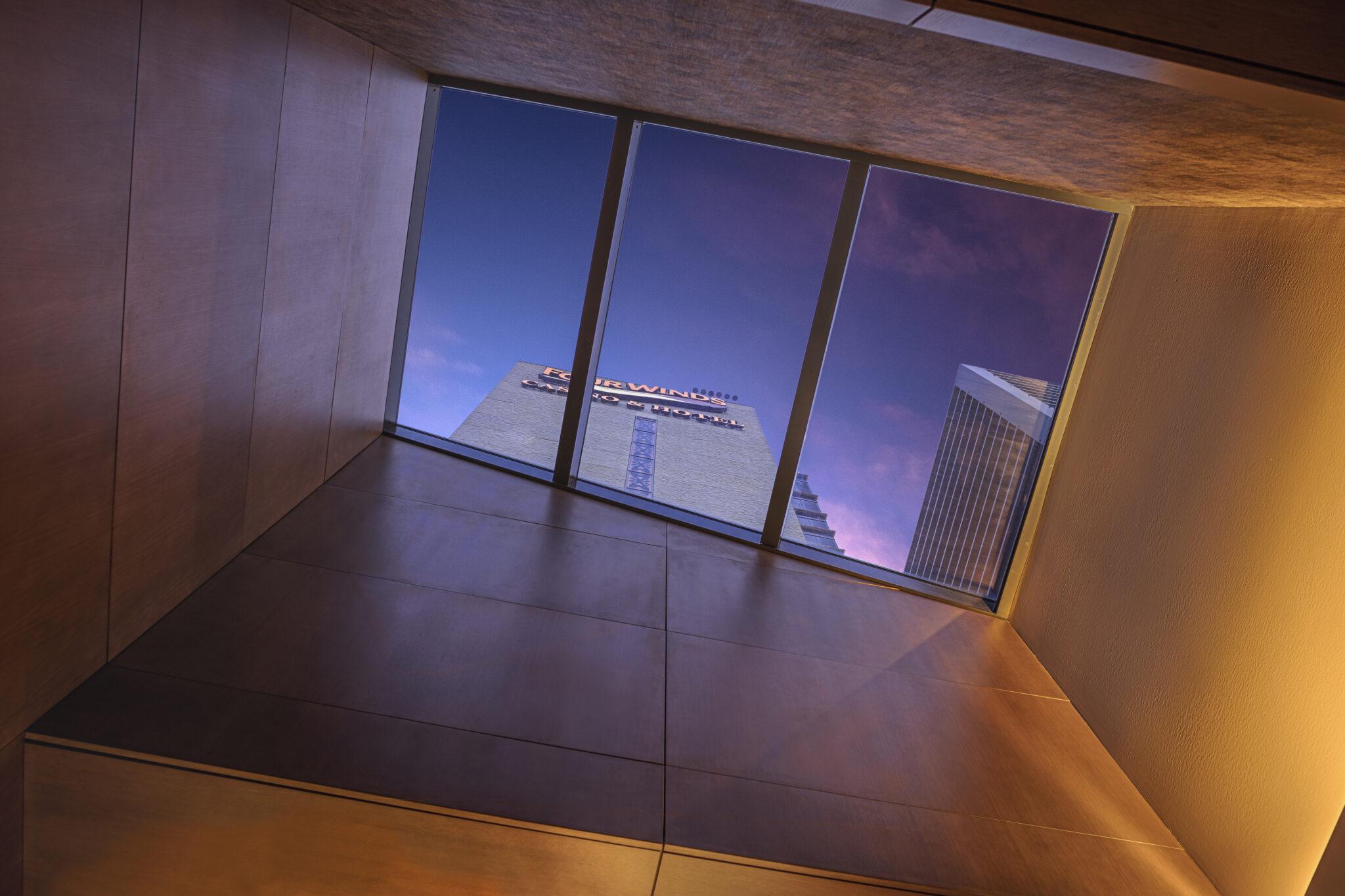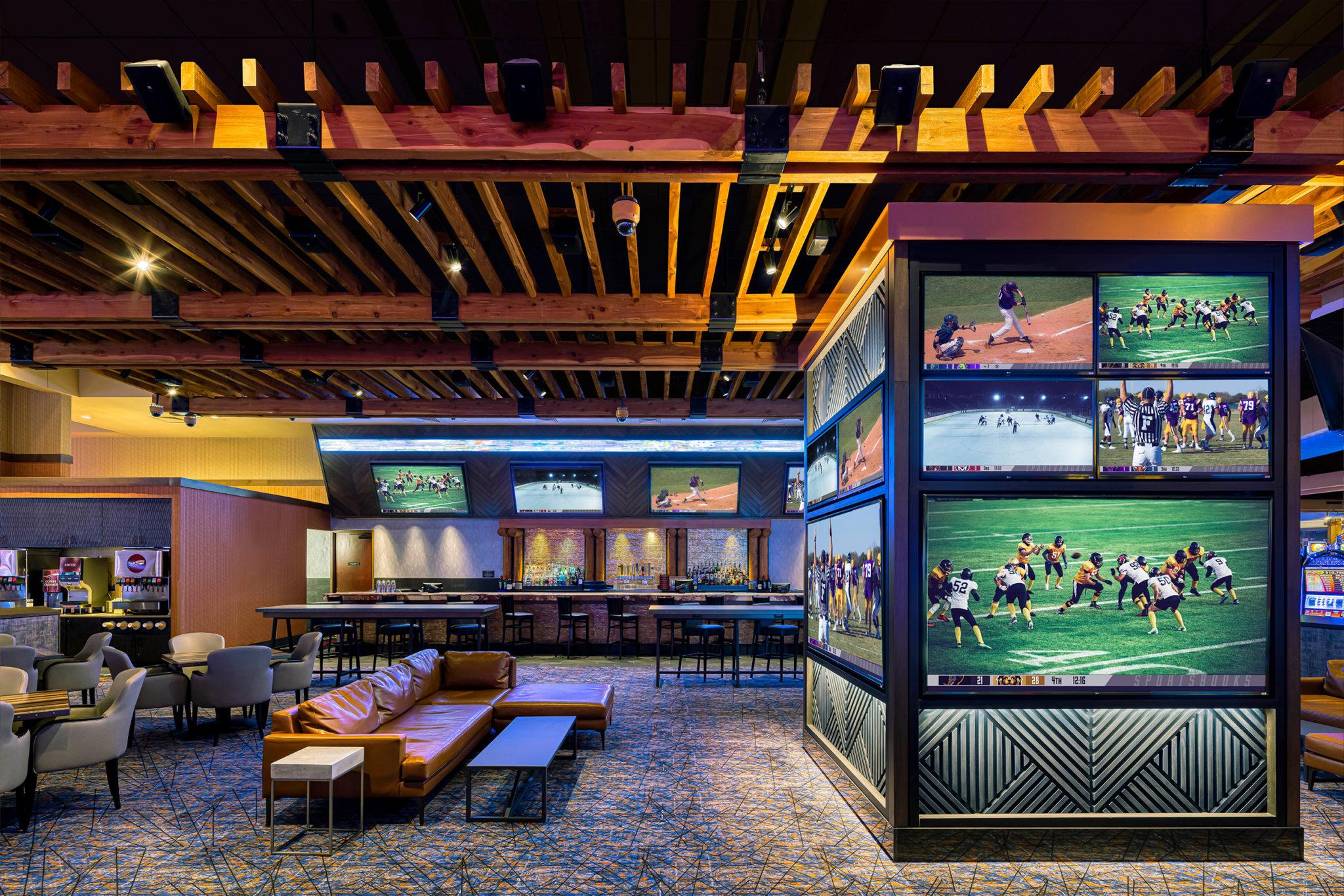Four Winds South Bend Elevates its Competitive Edge
SOARING ABOVE THE COMPETITION:
Four Winds South Bend Casino Elevates its Competitive Edge
With New HBG-Designed 23-Story Resort Hotel, Spa, and Event Amenities
HBG Design's longstanding design collaboration with the Pokagon Band of Potawatomi Indians has resulted in a one-of-a-kind resort experience that combines contemporary luxury and highly desired modern hotel, spa, conference/events and gaming amenities within a celebration of heritage that flows through every corner of the resort.
There’s a new landmark on the South Bend, Indiana skyline, and it’s an awe-inspiring sight - a towering 23-story glass hotel that glows at sunset with a beautiful copper hue. But this impressive structure is more than a marvel of contemporary architecture; it's a testament to the Pokagon Tribe's rich heritage and commitment to providing guests with an unforgettable destination experience.
From the moment visitors enter the new 317-key, 82-suite hotel, the 10,000 SF Cedar Spa, the 24,000 SF conference and events expansion at Four Winds South Bend, they are greeted with a seamlessly exquisite display of sophisticated design that flows through every space in a celebration of culture and the natural elements of native lands.
The impact of the new expansion at Four Winds Casino Resort in South Bend, Indiana has been nothing short of profound, as a stunning resort experience for guests seeking respite, a flourishing economic driver for gaming and events, and a remarkable legacy for the Pokagon tribal community.
Click to Read More About the Project
Global Gaming: 'Spreading the Sports'
Read the full article here at Global Gaming Business.
By Jess Marquez Sun, Sep 11, 2022
HBG Design is one of the leading casino architecture firms in the country, with a portfolio of projects that spans from New York to Arizona. Practice Leader Nathan Peak understands the importance of getting the atmosphere right, because “betting is often more fun and more appealing to a much broader customer base if it’s a social and communal experience,” he says.
“Most often, we find that clients are looking for a way to incorporate the sportsbook into an already-active area of the casino, sometimes to create synergy with an existing adjacent amenity,” says Peak.
“This helps build energy into the sports gaming experience and infuse activity into nearby amenities. Rather than locate a vital revenue-generating amenity like the sportsbook in the smoky shadows of the property, we want to make it highly visible. Several of our recent sportsbook concepts integrate sports betting into the center bar or into existing restaurants or into multi-use venues… Think, camaraderie with your friends, big TV screens, multiple games on at once, comfortable chairs, tables and bar seating with great food and bar service.”
Regardless of where the sportsbook is located, collaboration is crucial, especially in the initial stages of planning and design. For Peak and HBG, the two biggest challenges when starting a new project are understanding the “client’s needs from an operational standpoint” as well as “what their customers desire.” National firms may not be in touch with some of the smaller markets, but “clients understand their customers and markets better than anyone else,” so it’s often best to start at the source to sculpt a blank canvas into a functional, money-making space.
“There is always some type of sporting or competitive event happening, which provides continuous opportunities to promote and hold special event nights in the sportsbook, particularly on off nights,” says Peak. And, if worst really does come to worst, operators can always put on sports TV outlets such as ESPN and Fox Sports, in the hopes of convincing stray hotel guests or passersby to stop and watch highlights or talk shows by the bar.
Global Gaming Business: 5 Questions for HBG
 Global Gaming Business Magazine has 5 Questions for HBG Design's Nathan Peak:
Global Gaming Business Magazine has 5 Questions for HBG Design's Nathan Peak:Read the profile article here at Global Gaming Business.By Roger Gros Thu, Aug 25, 2022
HBG Design is a recognized leader in the design and construction of new casinos and renovations across the spectrum. Nathan Peak was recently named the practice leader for the firm, and he explains why the company has been successful in the gaming industry, particularly tribal gaming. He spoke with GGB Publisher Roger Gros from his office in Memphis in July.
GGB: HBG has established a great reputation in the gaming industry over the years. What’s it going take to maintain that leadership in your new role?
Nathan Peak: I think we have a different way of thinking. In the new role, I want to have a greater focus on integrated design. And what I mean by that is we really like to work with our clients and our operators to understand what they do best and really make design an extension of the gaming experience. For example, I love to get to know our operators. I love to get to know how the slots work and how they put their games together. I like to work with the food and beverage director, understand what their menus are and how our experience can really enhance the experience of the entire property. So I think of that as an extension to architecture and not just building pretty buildings, but really designing experience around what we do that enhances our clients’ properties.
You’ve developed some really great properties, one of them being the Oaklawn Racetrack Casino in Hot Springs, Arkansas. It’s got such a colorful history, and you made the hotel and casino blend into the track. You treated the history with respect and the final design recognizes that.
The Oaklawn Racing Casino Resort is a great project. We’re very proud of it. Having the hotel right there at that first turn and having rooms look right down the horse track is a pretty amazing experience. There are lots of great themes throughout that space. We used a lot of the different stripes, and decorations that they put on the horses and used that pattern throughout the casino and the guest rooms—I think it’s really well done.
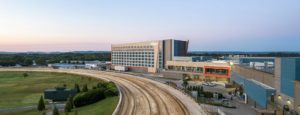
A recent job you’ve gotten is the Gun Lake project in Michigan, run by Sal Semola. Tell us about that project.
Sal is a great person to work with and we do it very collaboratively. And they did something very bold. They approached us with a program that I think is very unique. It’s something more of a hybrid where we have a typical hotel that’s going to be a four-diamond hotel that attaches to their existing gaming floor. But with a unique multi-purpose pool and events complex, an enclosed atrium space that houses several pools that can also turn into a nightclub or a concert venue in the evening. So it has dual purposes, but having that right in the middle of a cold Michigan winter. It’s going to be something great for their customers every year, year-round.
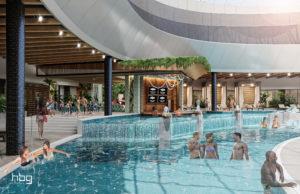
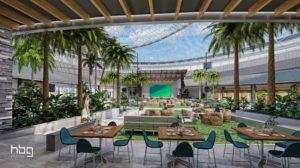
Let’s talk about the design and construction industry post-pandemic. My contacts in the architectural and construction field told me things were going great getting back to normal—actually even better than normal. But with the supply chain issues and rising interest rates, what’s the reality right now?
The reality is that it’s always been challenging post-pandemic. But a really great thing for the industry of design and construction is that it’s really brought design and construction closer together. Design and construction used to be two different silos where we would design something and then have a contractor help us out. But now it’s really about working from the end forward. I’m on daily calls with contractors and subcontractors to find how to make things work. We have to commit to promises for our clients, and working with contractors and design-assist contractors helps us find ways to make things happen.
Following the pandemic, most took slot machines out for social distancing. Today, there are many more carousels rather than long lines of slot machines. How do you work with your clients when you consider a renovation of the casino floor?
To my point I made earlier, I really like to work with all departments, and I get a lot of information back when I talk with the slot directors. To me, they want to energize the gaming floor. We’ve worked with a lot of operators, and a lot of them have reduced their quantities of machines. For example, we work with the Four Winds group in Michigan, the Pokagon Band, and they’ve actually done a pretty significant reduction, but they’ve also seen higher play, a higher win or a higher coin-in for most of the machines just by reducing it. So I think it’s a balance that each property needs to find on its own.
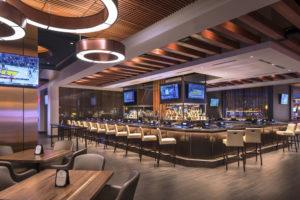
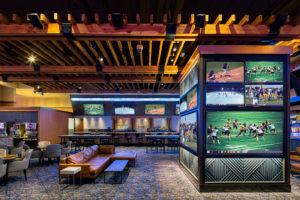
Global Gaming Business: 5 Questions for HBG

